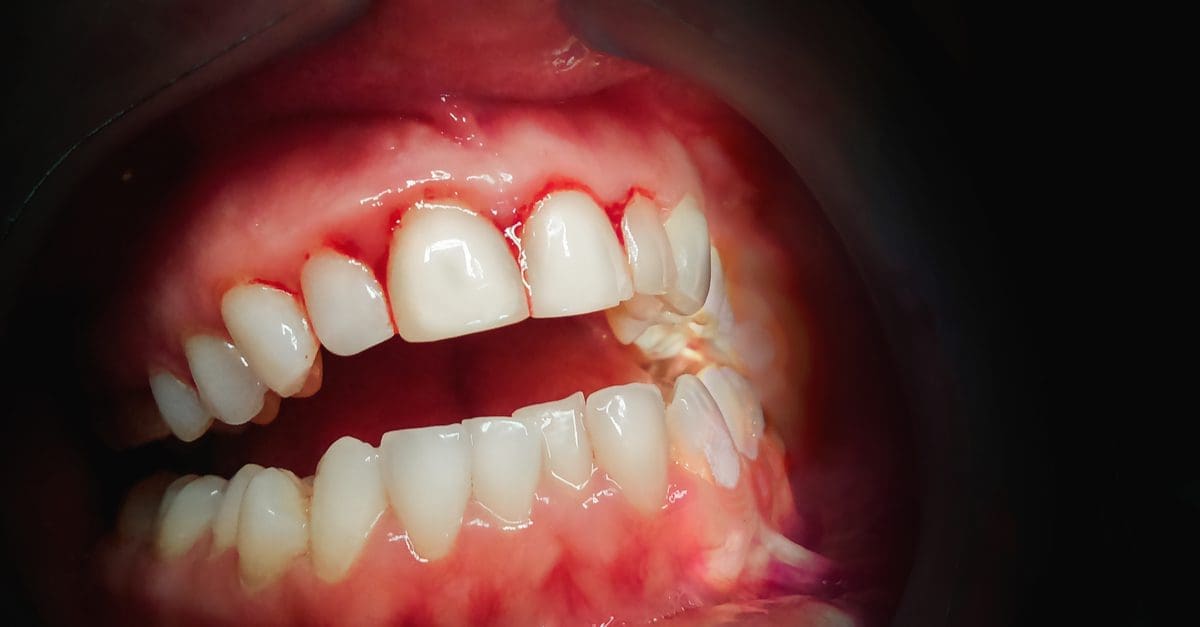Periodontitis And What You Need To Know
Your morning routine probably involves some mirror-gazing, especially if you are brushing your teeth. When you finish brushing your teeth, and you look in the mirror, what do you see? Do you see healthy teeth and gums? Or, are your gums red or inflamed? Do they look swollen? Do they bleed? You may have periodontal disease. Not sure what periodontal disease or periodontitis is? Here is some information about periodontal disease and periodontitis, and how dentists treat it.
Periodontal Disease Definition
Periodontal disease is simply an infection of the gums around your teeth. If your gums bleed when you floss or brush your teeth, this is a sign of periodontal disease. You may have heard the words “gum disease” in commercials. Gum disease, periodontal disease, and periodontitis are three stages of the same disease.
Plaque and the bacteria in plaque cause periodontal disease. Do you brush and floss every day? If you answered yes, you have far less plaque and bacteria in your mouth than people who do not. Over time, that bacteria will not only cause cavities in your teeth but gum disease as well.
Gum Disease Stages
There are three stages of gum disease. The first stage is gingivitis. In this stage, your gums would be inflamed along the gumline. If you do not brush and floss daily, you will not remove the plaque and bacteria in your mouth. Gingivitis irritates the gum tissue and causes gums to bleed. Gums can also swell. Because it is in the early stages, you can improve the damage to your gums. You can do this by brushing and flossing regularly.
The second stage of gum disease is periodontitis. If you have periodontitis, you may be developing pockets below the gumline. These pockets represent damage that dentists cannot fix. The bone and fibers that support your teeth and gums are deteriorating, and they have sustained some damage. However, if you receive treatment and you care for your teeth at home properly, you can prevent further damage.
The third stage of gum disease is advanced periodontitis. Here, the tissue and bone that supports the teeth no longer exist. Your teeth might shift and become looser. You may begin to lose teeth as well. Your dentist may have to remove teeth. At that point, you may need to replace them with implants or dentures.
What to Do
While advanced periodontitis sounds horrible, there are things you can do to minimize the damage. First, you need to make sure that you have a great dental home program.
There are special kinds of toothpaste available for people who have periodontitis to help keep your teeth and gums healthy. Make sure that you are brushing and flossing every day. There are also other things you may want to try. You may want to gargle with salt water or antibacterial solutions to combat the bacteria in your mouth. You may also decide to brush or floss after each meal. This will also help to cut down the bacteria in your mouth.
Periodontitis, Get Help Now
Most importantly, you may be thinking, “I need to find a periodontist near me.” Periodontists are specially trained to work with people who have gum disease. If your gum disease is bothering you, you need to seek out a periodontist. Contact Dr. Paul Feldman at Suburban Essex Dental. Dr. Feldman is a periodontist who has a dentist’s office in West Orange, N.J., in Essex County. Dr. Feldman can work with you to make sure that your teeth and gums are as healthy as possible. Give a call today.





